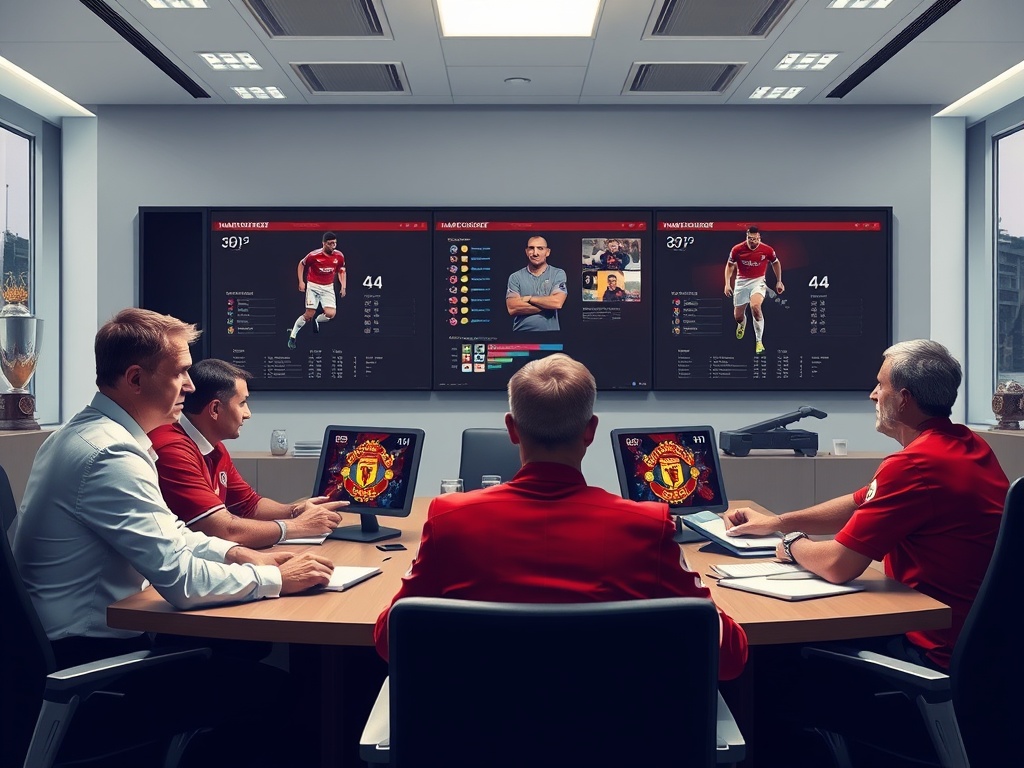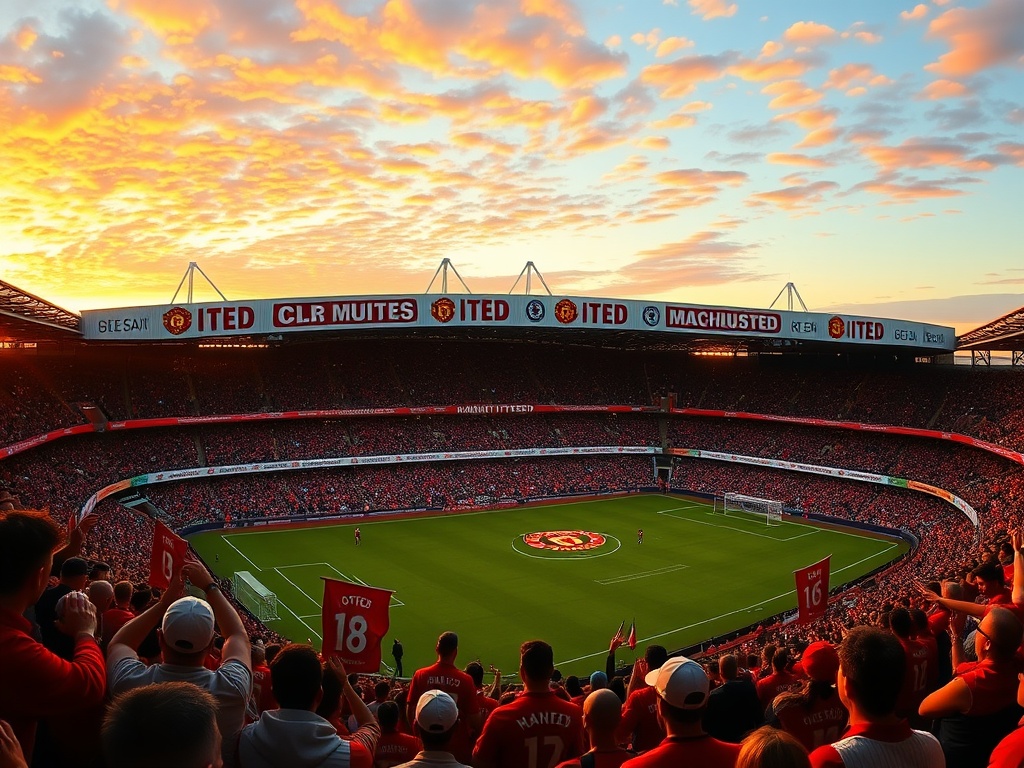Manchester United’s Strategic Shift in the Transfer Market

Manchester United is currently undergoing a significant transformation in their approach to the transfer market. This shift is being driven by their valid concerns regarding Profit and Sustainability Rules (PSR), which are prompting the club to negotiate more effectively with European teams.
Under the management of Ruben Amorim, the team has experienced a troubling decline in their performance, plummeting to 15th place in the Premier League. The pressure has intensified on the Portuguese coach, who has made candid admissions about the team’s deficiencies. Prior to their lackluster defeat against Tottenham, Amorim expressed that the club must consider offers for key homegrown talents like Alejandro Garnacho and Kobbie Mainoo, emphasizing the need to sell players before making new acquisitions in the upcoming summer transfer window. This stance comes in the wake of potential job cuts at Ineos and growing unrest among fans over rising ticket prices.
The club’s leadership acknowledged in a letter to the 1958 fan group that they face the risk of breaching PSR in the coming years if they do not address their financial issues, which have led to losses exceeding £300 million over the past five years.
According to The i Paper, with minimal expenditure anticipated in January and guaranteed income from outgoing transfers on the horizon, the club is currently not at risk of a PSR breach this year. Thus, they are not compelled to make sales before the “soft” transfer deadline of June 30. However, their capacity for new signings may be limited to a modest £20 million to £30 million, a sum that is unlikely to facilitate the extensive revamp of the squad that Amorim envisions.
Manchester United’s current priority appears to be acquiring players in their early 20s, focusing on potential rather than established stars. An example is Patrick Dorgu, a 20-year-old talent signed from Lecce. Additionally, the club is reportedly interested in Viktor Gyokeres, a striker from Amorim’s former club Sporting Lisbon, who is valued at around £80 million. They are also monitoring Ipswich’s 22-year-old Liam Delap, a player likely to command a fee closer to £40 million, with Chelsea also showing interest.
The financial constraints imposed by PSR would absorb much of the available budget for either of these acquisitions, which is why the club is contemplating sales of key assets, including Mainoo and Garnacho.
It is evident that the Manchester United of the past, known for its willingness to pay over the odds for players like Antony and Casemiro, is no longer a reality. The decision to withdraw from negotiations for the Mathys Tel loan deal, citing concerns about value for money, serves as a clear indication that the club will no longer engage in extravagant spending unless it makes fiscal sense.
Ineos expressed ambitions to restructure their recruitment strategy over the summer, investing heavily in players who have yet to make a significant impact. The subsequent dismissal of Erik ten Hag, followed by the appointment of a manager whose tactical approach does not align with the squad, presents a challenge in balancing Amorim’s objectives with the existing financial realities.
Professor Rob Wilson, a football finance expert and program director at the University Campus of Football Business, commented, “It’s one step forward and then two steps back from a financial perspective. I have been warning for many years now that the sporting performance—or lack of it—would catch up with them in terms of their financial position, and that is what appears to be happening.”
While the club continues to generate substantial revenue—over £650 million, outpacing nearly all other Premier League teams—Wilson notes that this figure could have approached £1 billion if not for the poor performances on the field.
Another season without the financial boost of Champions League revenue, coupled with the inability to meet performance clauses in high-profile sponsorship contracts, will compound the club’s financial difficulties. “I think it’s sell to recruit,” Wilson asserts. “That’s the nuance here in the narrative being put out. They are clearly trying to regain some control over their transfer spending, and that’s not just about their own operations; it’s also about signaling to the market that they will not be easily misled.”
He added, “They won’t spend £80 million on Antony anymore; it’ll be more about pushing for a £25 million deal. The Patrick Dorgu acquisition was structured more sensibly, indicating they are already starting to implement this approach. They need to sell to buy, without a doubt, but they are also leveraging PSR as a significant factor in communicating to European clubs that their spending habits have changed.”
As Manchester United seeks to carve out a new path forward, reminders of past missteps linger. Casemiro, one of the club’s highest earners with a contract extending until the summer of 2026, has been a subject of transfer speculation. However, he has expressed a desire to remain at the club, stating, “I have a year and a half left on my contract, and I’d like to fulfill it here in Manchester. I’m comfortable here, and so is my family,” he shared with the Spanish publication Diario AS.
The challenges facing Manchester United are complex, and there are no quick solutions to the multifaceted issues currently confronting the club.
